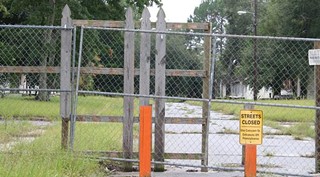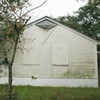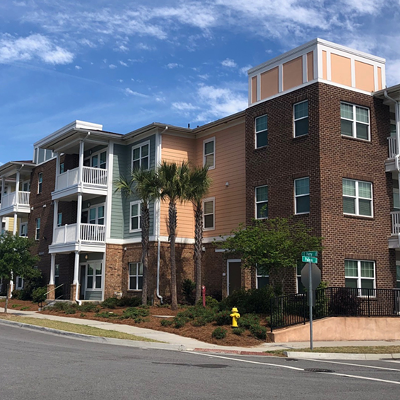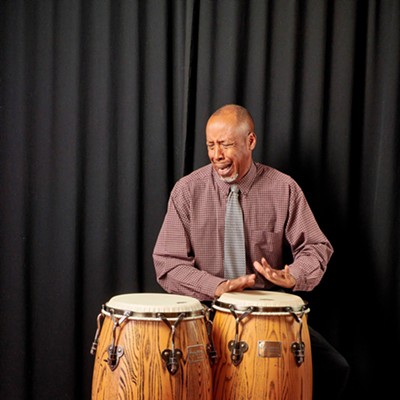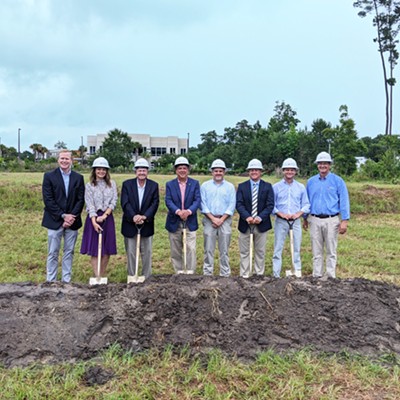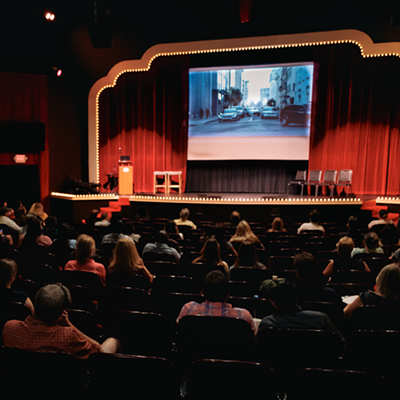The term affordable housing has a certain stigma attached to it. For many it immediately evokes images of housing projects and government handouts, but it’s an issue that reaches far beyond class lines.
While it may not be news to anyone who’s tried to rent an apartment here in the last couple years, Savannah has a shortage of affordable housing — and not just for low income families.
“Affordable housing is not something that is just related to poor people or homeless people,” says Martin Fretty, the Director of the City’s Department of Housing. “If you’re making less than $50,000 then you’re potentially cost burdened, which meant you couldn’t afford other things like medical expenses, food and other things you need to live.”
Despite a surplus of real estate inventory locally, average prices remain beyond what is affordable for many working class individuals or families.
The Savannah Metropolitan Area has the third highest level of wages necessary to afford a two bedroom apartment in the state, behind only Atlanta and Gainesville, according to a 2008 report by Malik Watkins of UGA’s Vinson Institute.
Locally the fair market rate for a two bedroom apartment is about $800 per month, which means that a minimum wage earner would need to work over 100 hours per week in order to afford housing without being burdened by the cost. To be considered cost-burdened, the criteria are not set by income, but rather by whether more than 30 percent of gross income is spent on housing.
Although the urban renewal that Savannah has undergone over the last decade has been a boon to property values and economic development, the industry that has seen perhaps the largest consistent growth has been the food service and hospitality, a sector which grew by more than 5,000 jobs between 2005 and the end of 2009.
Those jobs, however, are also some of the lowest paying in the city, and according to the state’s Department of Labor Workforce Information and Analysis unit, the average wage is $7.28 an hour totaling a salary of just more than $15,000 per year for a full time employee.
While the median income in Savannah floats around $29,000 per year, the annual salary necessary to afford fair market rate on an apartment rental is closer to $45,000 per year.
According to Watkins’ report, nearly 40 percent of the total households in the city are cost burdened by housing.
It’s not an issue that has escaped the attention of City officials. In 2007, City Council adopted an action plan to begin to address affordable housing shortages, and in the fall of 2008, the mayor’s Affordable Housing Task Force issued a report outlining solutions that included analysis of zoning regulations that might be hindering affordable development as well as the creation of a local affordable housing trust fund.
“I think there’s probably been better progress on the zoning and the sub–division regulation stuff,” says Fretty. “That’s been positive, if we ever get to a point where we can start building houses again and developing land.”
The idea behind the housing trust fund is that, by creating a pool of money from local municipalities, financial institutions and other donors, additional investment can be leveraged to increase the number of affordable single– and multi–family housing units, the development of which is hindered significantly by lack of available capital to keep them affordable.
“There simply is not enough HUD or other federal funding to adequately address affordable housing needs in Savannah,” said the City’s task force report two years ago.
The point is not to have the city raise an impossible sum in order to build more housing. “The idea is that this would give us an additional source of money to leverage additional private investment,” Fretty explains.
Over the last decade, the City’s Housing Department has improved its ability to leverage additional private investment utilizing public funds. In 2000, housing investment was 71 percent public money and 29 percent private.
Last year, those numbers had practically switched, with 74 percent coming from private investment and 26 percent matched by public coffers.
In Charleston, the Lowcountry Housing Trust Fund has helped create more than 750 affordable housing units since it started in 2004, leveraging $11 million in funding into more than $100 million in total project investments.
“We finance both rental and homeownership deals anywhere from big developers to the guy who’s doing one house at a time, all with the goal of increasing the number of affordable housing units in our service area,” explains Michelle Mapp, the Assistant Director of the LHTF.
Mapp will be in Savannah Oct. 14 to address the annual meeting of Step Up Savannah, the poverty reduction initiative, and discuss how their fund was created.
“Between 1990 and 2000 we saw a 100 percent increase in housing cost in our local market,” Mapp says regarding the imperative to address affordable housing in the Charleston Metro area.
“There’s a need for quality, multi–family rentals and if you build them, the demand is there. That’s where our workforce is — the teachers, the police officers and firefighters who were priced out of the market before.”
While City of Savannah programs like the DreamMaker home buying assistance program have helped hundreds of families purchase homes over the last several years, and use of the program has increased 20 to 30 percent since the housing bubble burst, Fretty and others see the creation of housing trust as an essential solution to the lack of affordable housing.
Unlike federal funds, which come with stipulations directing what types of projects can be funded, as well as program recipients’ income level, among other things, trust fund money could be used to help a more broad array of local families secure housing.
“A housing trust fund wouldn’t necessarily have those restrictions,” Fretty explains. “It would be good to have a fund that could assist people up to 120 percent of the median income. What you’re trying to do when you’re coming into neighborhoods is not just to provide housing for very poor people. You’re trying to attract or retain people who are in the middle income group.”
To comment, email us at [email protected]

